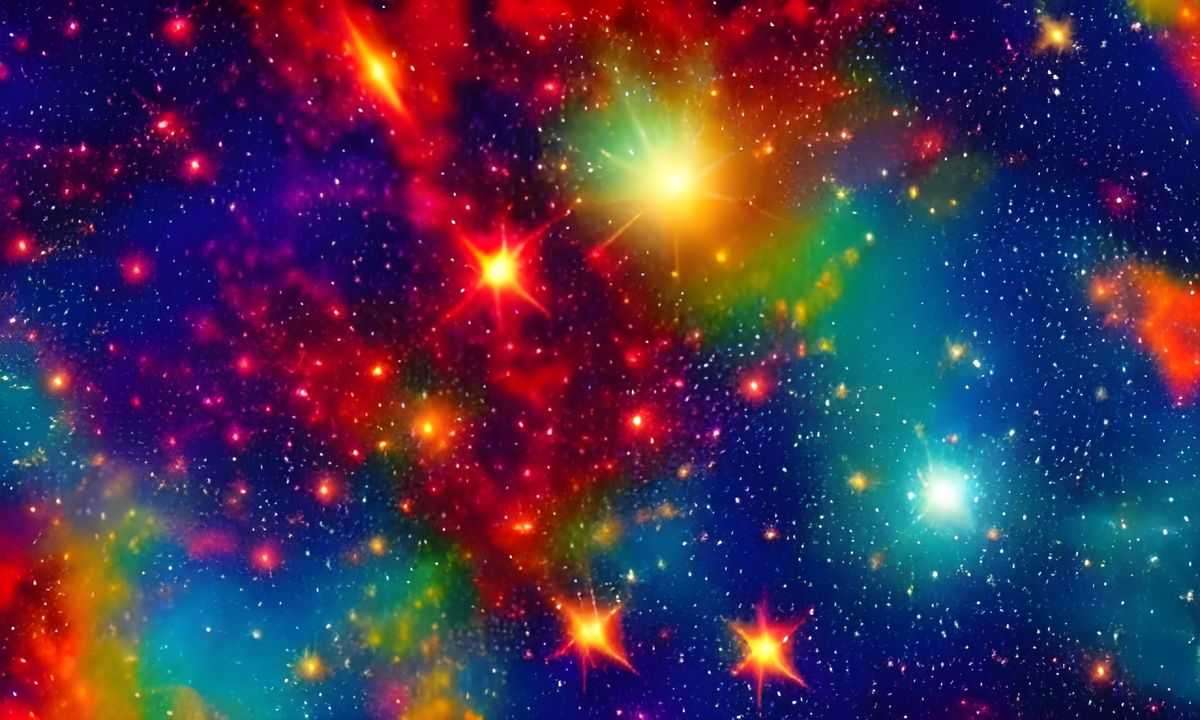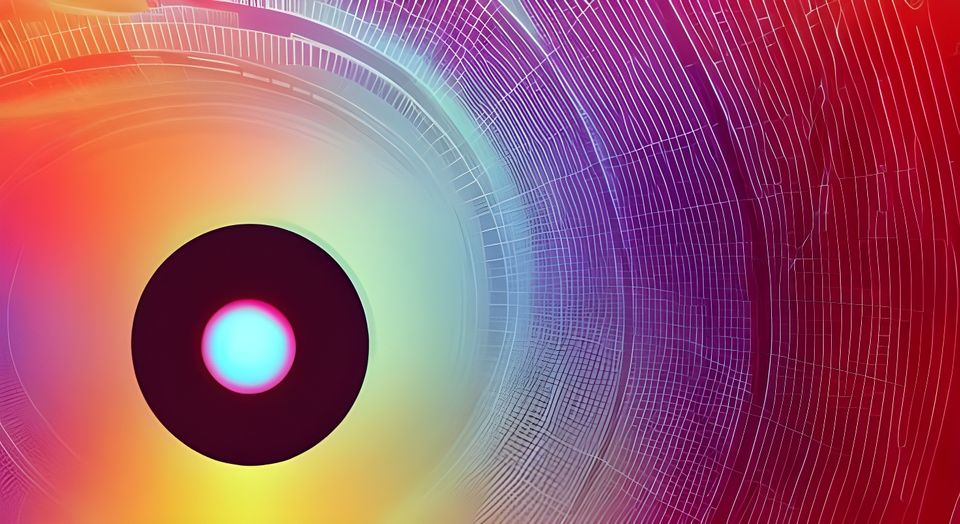Uncertainty & Flow (Paradox Pair #57)
A task that is too easy fails to capture our complete attention, while a task that is too difficult allows uncertainty to grow. The right condition is a task that is just beyond the limits of our skillset, where if we stretch, we envision a comfortable probability of success.

We know the power of visualization, where we imagine the results we expect to achieve. In our mind's eye we can project each step that leads to success, giving us confidence and helping us plan our course of action. The outcome then relies on our preparation, skill, and ability to focus. When we execute each of these well we can obtain the state of flow, “the holistic sensation that people feel when they act with total involvement.”1
Achieving the state of flow is a balancing act, where the difficulty of a task is counteracted by our abilities to achieve it. A task that is too easy fails to capture our complete attention, while a task that is too difficult allows uncertainty to grow. The right condition is a task that is just beyond the limits of our skillset, where if we stretch, we envision a comfortable probability of success. Here, certainty would work against us, preventing us from pushing beyond what we know we are capable of.
"flow [is] the source code of intrinsic motivation,”2 -Jamie Wheal
We recognize when others achieve the state of flow; they are singularly focused, they are enjoying the effort, and they are relaxed and calm. When asked to describe their work it is often in pleasurable and rewarding terms. Time is often portrayed as slowing, and they describe their efforts having been achieved with a level of unexpected ease. The outcomes are supercharged both in terms of creativity and performance.
Once in a state of flow, feedback is required to maintain it. Near term goals allow for quick, constant assessments. These assessments are then used to make slight adjustments to a participants efforts. They act as a type of reward to our brains, propelling us on to the next task along our path to success. What began as a visualization effort has now materialized into tangible results, all shaped by our training, experiences, and willingness to get uncomfortable.
The Paradox Pairs series is an exploration of the contradictory forces that surround us. A deeper study finds that these forces often complement each other if we can learn to tap into the strength of each. See the entire series by using the Paradox Pairs Index.
2. Jamie Wheal, Founder of Flow Genome Project




